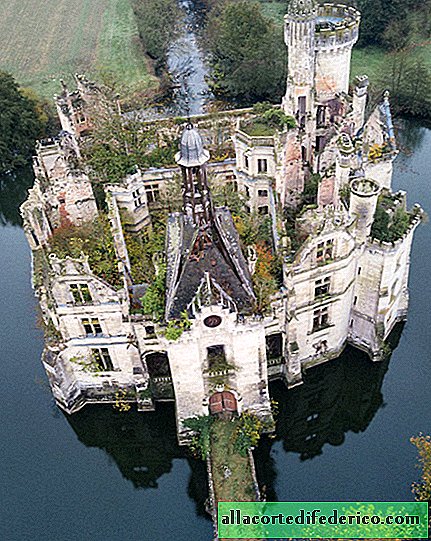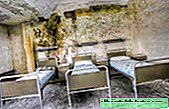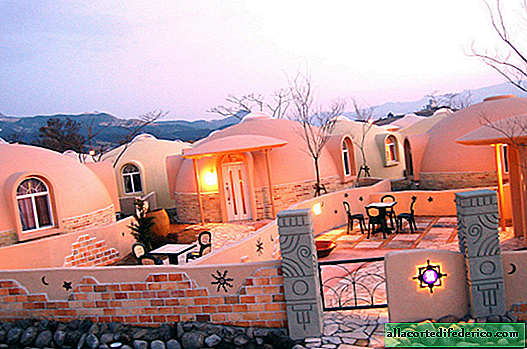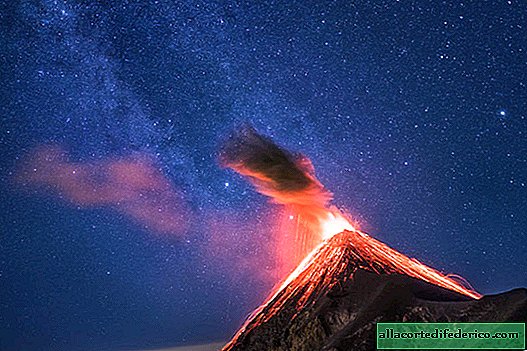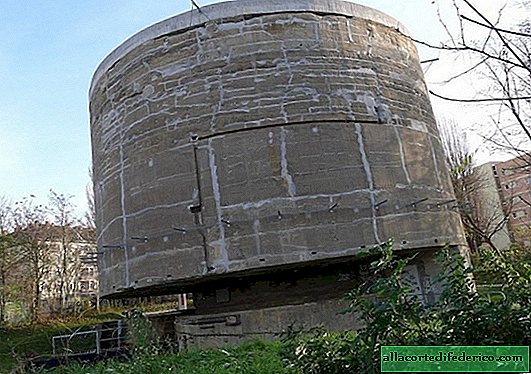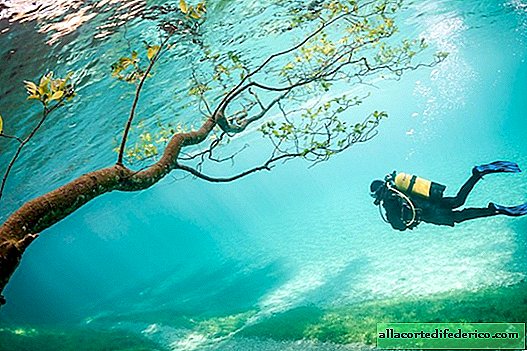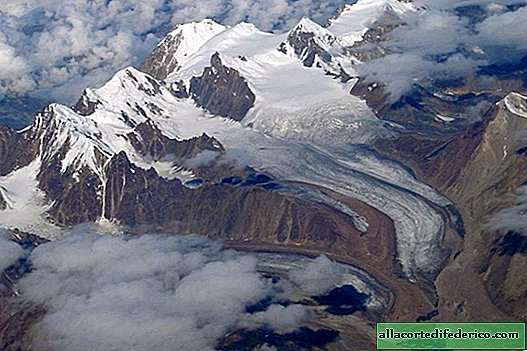How the Arctic Lake became the ocean
In the Eocene era (from about 56 to 34 million years ago), the Arctic Ocean was not an ocean at all, but a huge fresh lake. A large mountain range between Greenland and Scotland protected him from the salty waters of the Atlantic. This ridge gradually sank, opening a "salty path" into the lake. Recently, scientists were able to simulate exactly how this happened.
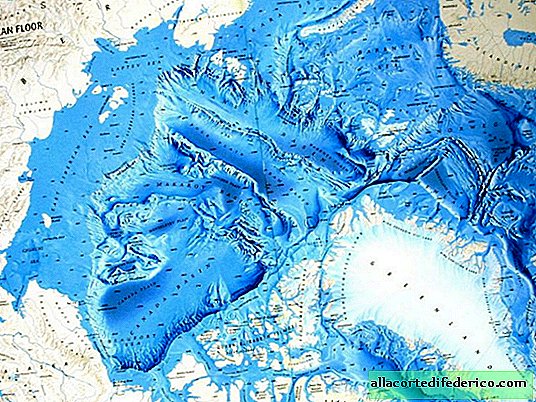
Ocean Pie
Using the climate model, specialists of the Institute of Polar and Marine Research. Alfred Wegener saw the effect on the climate of the immersion of the ridge in the water. In their simulations, they plunged it 200 meters - in reality, this process took millions of years.
Before proceeding to their discovery, it is worthwhile to talk a bit about the features of the Arctic Ocean. He still receives a tenth of all fresh water that rivers carry in all the oceans of the Earth. This lighter water and heavy salty waters of the Atlantic Ocean form a kind of “layer cake”, in which flows from the Atlantic appear below. Thus, a mixed layer of salt and fresh water is at a depth of about 50 m.

The same level was maintained in the Eocene. And when the ridge in the climate model plunged to this depth, scientists noticed the greatest changes in the nature of the circulation and the characteristics of the Arctic Ocean. The ridge seemed to open the damper for the Atlantic water, and it gushed into the then still fresh lake. This ocean passage has had a huge impact on the entire global climate.
Drowned utopia
The assumption that the Arctic basin was once isolated from other ocean waters was confirmed back in 2004. Then, during the implementation of an international project for drilling near the North Pole at great depths, fossils of freshwater algae were discovered.
The very idea that a flooded continent, the so-called "Arctida" is located in the Arctic Ocean, has long fascinated lovers of secrets and theories about ancient civilizations. For example, some of these researchers are sure that the legendary Hyperborea was once located here. The ancient Greeks believed that this northern country is inhabited by people who are especially happy and loved by the gods.
Of course, the Greenland-Scottish ridge does not pull on a full-fledged mainland. Now it is almost all located at a depth of 500 meters and almost entirely consists of volcanic basalt. Its only part remaining on the surface is known to us as Iceland.

Well, quite a Northern Utopia!

